How to choose BMX bikes
A BMX bike is a type of bicycle that is specifically designed for BMX (Bicycle Motocross) riding. It is characterized by its small frame size, 20-inch wheels, and durable construction.
BMX bikes are built to withstand the rigors of off-road riding, jumps, and tricks. They are commonly used for various disciplines such as freestyle, racing, dirt jumping, and flatland riding.
BMX bikes typically have a single-speed drivetrain, strong brakes, and components designed for durability. In this guide we will covered on How to choose a BMX bikes suitable for you according to your needs.
How to choose a BMX bikes -for beginners?
When choosing a BMX bike, there is no one-size-fits-all approach. Every rider has different preferences, from the weight and size of the frame to the type of braking system and gear ratios. Knowing what to look for in a BMX bike can be overwhelming,
but this essential guide will help you narrow your search to find the perfect bike for your needs.
How to choose a BMX bikes -Features
Having a clear understanding of your riding intentions is crucial.
The first step in choosing a BMX bike is deciding what kind of riding you plan. Are you interested in street and park riding? Or dirt trails, ramps, and jumps?
Knowing how you’ll be using your BMX bike will help you choose the correct frame size, components, and other features.
Next, consider your skill level and Budget. If you’re a beginner looking for an entry-level BMX bike, go for something lightweight with lower-cost components.
On the other hand, if you’re an experienced rider looking for a durable, high-performance bike, you’ll want to invest in a heavier frame with more expensive components.
Finally, look at the features of the BMX bike you’re considering. Pay attention to the type of brake system it has, the gear ratio, and the crank set. Check for details like grips and pedals, and make sure the overall size of the frame is comfortable for you.
With these tips in mind, you’ll be able to find a BMX bike that fits your needs – no matter what kind of riding you plan to do.
Not all BMX bikes are created equal. They are designed for different riding types, so it’s crucial to consider your intended use when choosing a complete cycle.
Depending on whether you plan to ride at a local skate park, BMX track, or your friend’s backyard ramps, you’ll want a bike tailored to that style.
If you need help determining which bike suits which type of riding, you can seek advice from knowledgeable friends familiar with the different styles.
They might provide you more information or even lend you their bike, allowing you to experience a specific type and determine if it suits your preferences.
How to choose a BMX bikes according to style.
Here are some common styles of BMX riding:
Freestyle/Street: This is today’s most popular form of BMX riding; today, BMX riding is quite the popular style of cycling. It can be attributed to its many benefits, such as the ability to ride in skate parks or any place else on the streets.
Riders can also tackle ramps and obstacles by tricking and some suspension tricks unique from typical mountain biking.
Freestyle mountain biking is typically done in skate parks or on the streets, where riders tackle ramps and various obstacles.
Dirt-jumping BMX: are exciting, high-risk BMX sports. They began as speed racing on dirt tracks but have evolved into an all-out aggressive approach.
If you like feeling the thrill of life from behind the handlebars and getting airborne, dirt jumping is for you!
BMX bikes: have been specially designed for tracks that feature long, twisting corners and are used by professional racers. A successful race requires speed, power, endurance, and proper hydration.
Flatland bikes are designed to offer the perfect balance of speed, control, and maneuverability.
They have a unique geometry for cornering and are tailored for long exploratory rides on smooth terrain. They’re great for beginners and pros alike who want to spend hours in parking lots.
Whether you’re into downhill, freeride, or flatland discipline BMX riding, you can experience improved performance with the right bike. That’s because each type of bike offers a unique and different feeling to riders of any skill level.
Assemble It Straight from the Box
By opting for a complete BMX bike, you can avoid the complexity of selecting individual components and ensure that all the parts are compatible.
It provides a convenient and cost-effective solution, especially for inexperienced riders needing the knowledge or expertise to assemble a bike.
With a complete BMX bike, you can unpack it from the box, make sure everything is properly adjusted and tightened, and start riding immediately.
It’s a straightforward and hassle-free option that allows you to focus on enjoying the sport without worrying about the intricacies of bike assembly.
However, if you do have the knowledge and experience or prefer a customized setup, building a bike from scratch can be an exciting project.
Remember that it may require more time, effort, and financial investment to source and assemble all the necessary parts.
Ultimately, the choice between purchasing a complete BMX bike or building one from scratch depends on your preferences, Budget, and level of expertise. A full cycle is the recommended starting point for most beginners to get you rolling and learn the basics of BMX riding.
Choose the Right Size Even slight differences in bike size can significantly impact your riding experience.
You are selecting a frame size that suits your body and riding style, whether tall or short. Visit a bike shop and test-ride different models on the street to ensure you feel comfortable and in control.
It’s better to take the time to try out several bikes and be confident in your preference rather than make a hasty decision that you might regret later.
Please pay attention to the Components. The components of a bike can significantly affect its overall quality and performance. They can also influence the price, making a motorcycle expensive or affordable.
Therefore, inspecting all the parts of the cycle and assessing the quality they offer is essential. Here are some key components you should pay attention to:
Frame: The frame is the foundation of the bike and should be sturdy and well-constructed. Consider the materials used and the frame’s geometry to ensure it suits your riding style.
Fork: The fork is responsible for absorbing impacts and providing control. Look for a division that offers good suspension and durability, depending on the riding you’ll be doing.
Wheels and Tires: The wheels and tires of BMX bikes significantly affect the bike’s ride quality, speed, and grip.
Check for solid and reliable rims, smooth bearings, and appropriate tire tread for your riding conditions. Choosing the right wheels is crucial to meet your specific needs in BMX riding.
Since quick acceleration is essential in BMX racing, the wheels are designed to be lighter than those on freestyle or jump bikes.
However, the lightweight 32-spoke aluminum wheelset commonly used in BMX racing may not suit the demands of dirt jumping or ramping. As a result, freestyle bikes typically feature 48-spoke or mag wheels, offering extra strength and rim protection.
Dirt jumper’s wheels tend to have more variability. Some dirt jumpers have 36 super-sturdy 13-gauge spokes, while others have 48 spokes like freestyle bikes. The specific spoken count often depends on whether the bike is geared more toward jumping or dirt riding.
It’s important to note that the tire and rim sizes used in BMX vary. The skinnier sizes, such as 20 x 1 1/8-3/8 and 24 x 1 1/8-3/8, differ from the more comprehensive 20 x 1.5 or 1.75 tire and rims. Matching the correct tire and rim sizes is essential for optimal performance and compatibility.
Brakes: Reliable brakes are crucial for your safety and control. Ensure the bike is equipped with effective brakes that are easy to engage and provide sufficient stopping power.
Freestyle bikes typically have front and rear brakes, while BMX and jump bikes commonly have only rear brakes. The type of brake is also an important consideration.
BMX riders prioritize pure stopping power, and therefore they prefer linear-pull brakes. These brakes offer exceptional grip and give the rider substantial and immediate stopping ability.
On the other hand, freestyle riders prioritize control over pure grip. They opt for U-brakes both at the front and rear. While U-brakes may not offer the same level of stopping power as linear-pull brakes, they provide better modulation.
It means that U-brakes allow for more precise control over braking, like using a dimmer switch, compared to linear-pull brakes’ on/off nature.
The choice of brake type depends on the rider’s specific needs and preferences.
BMX riders favor linear-pull brakes for maximum stopping power, while freestyle riders prioritize the modulation and control offered by U-brakes.
Drivetrain: The drivetrain consists of gears, chains, and cranksets. Look for a smooth-shifting and durable drivetrain that suits your riding preferences, whether it’s geared for speed or versatility.
Handlebars and Stem: The handlebars and stem affect your comfort and control of the bike. Consider the width, rise, and materials of the handlebars, as well as the length and adjustability of the stem.
Regarding handlebars, there are variations in Weight and strength and subtle differences in shape between BMX bars and others. Freestyle and jump bars often have a steeper rise from the clamping area, allowing riders more freedom of movement during flatland tricks and airborne maneuvers.
Additionally, handlebars on 24-inch BMX bikes and jumpers have a slightly shorter rise than those on 20-inch BMX bikes.
Seat and Seat post: A comfortable seat and an adjustable seat post are essential for long rides. Make sure the seat is well-padded and suits your riding position.
By carefully examining these components, you can ensure that the bike you choose offers good quality and meets your specific riding needs.
The small sprocket refers to the smallest gear on a bike’s drivetrain. It is typically located at the front chain and is connected to the crankset.
The small sprocket has fewer teeth than the larger sprockets, usually found at the rear cassette.
The size of the small sprocket affects the gear ratio and determines how easy or difficult it is to pedal.
A smaller sprocket will provide a lower gear ratio, requiring less effort to pedal but offering less speed. It helps you climb steep hills or when you need more power.
On the other hand, a larger sprocket offers a higher gear ratio, allowing for more speed but requiring more effort to pedal.
The choice of small sprocket size depends on your riding preferences and the terrain you will be riding on. BMX bikes, for example, often have smaller sprockets to facilitate quick acceleration and tricks.
Road and mountain bikes may have a range of small sprocket sizes to accommodate different riding conditions.
It’s worth noting that the small sprocket is just one part of the overall gear system, and the combination of the small sprocket with the other gears determines the available gear ratios and general gear range of the bike.
Regarding brakes, it is common for many BMX bikes to come without brakes, particularly for freestyle riding.
However, riding brake is recommended for safety and control if you are getting involved in BMX. Having a brake, even if it’s just on the rear wheel, allows you to slow down or come to a complete stop when needed.
As you gain experience and confidence, you can decide whether to remove or modify the brakes based on your riding style and preferences.
Regarding BMX rims, double-wall rims are highly recommended, especially if you want durability and longevity. Double wall rims are constructed with two metal layers, providing enhanced strength and resistance to impacts compared to single wall rims with a single layer.
The outer layer of double wall rims adds extra protection, making them more resistant to dents and damage. It is significant for BMX riding, which often involves landing hard on rough surfaces or performing tricks that strain the rims.
On the other hand, single-wall rims are more susceptible to denting and bending under heavy use or impacts. They are generally lighter in Weight but sacrifice some durability.
By choosing double wall rims, you can ensure that your BMX bike is equipped with rims that can withstand the demands of aggressive riding styles and provide a longer lifespan.
sealed bearings
Opting for sealed bearings in critical areas of your BMX bike is highly recommended for long-term smooth operation and reduced maintenance.
Sealed bearings are designed to be more durable and contamination-resistant than unsealed approaches.
Unsealed bearings can become loose, leading to a less stable and potentially unsafe ride.
They also require more frequent maintenance and adjustment to keep them running smoothly.
On the other hand, sealed bearings are designed to keep dirt, moisture, and debris out, providing better protection and longevity.
It is advisable to look for sealed bearings in critical components such as the front and rear hubs, bottom brackets, and headset. These areas are subjected to constant movement and rotational forces, making them particularly susceptible to wear and tear.
Having sealed bearings in these locations ensures smoother operation, minimizes the risk of bearing failure, and reduces the need for frequent maintenance.
By prioritizing sealed bearings in your BMX bike, you can enjoy a more reliable and hassle-free riding experience with less time and effort spent on maintenance and adjustments.
Pegs
Pegs are tubular attachments made of steel that can be added to the wheel axles of a BMX bike. They serve different purposes depending on the style of riding.
Four-knurled aluminum pegs are commonly used for flatland riding, focusing on intricate tricks and maneuvers on smooth terrain. These pegs provide a platform for the rider to stand on and manipulate the bike into various positions.
In freestyle BMX, pegs are often utilized for grinding on obstacles like rails, ledges, or curbs. The pegs slide along the obstacle’s surface, allowing the rider to perform grinds and other technical maneuvers.
Pegs are typically not used in disciplines like dirt jumping or BMX racing. These riding styles involve jumps, ramps, and high-speed maneuvers where pegs are unnecessary.
Whether to use pegs or not depends on your riding style and preferences.
If you’re primarily interested in flatland or freestyle BMX, pegs can enhance your ability to perform specific tricks and add versatility to your riding. However, if you focus on dirt jumping or racing, pegs may be unnecessary and can even add excessive Weight to the bike.
Consider the Weight the Weight of a complete BMX bike can provide insights into the quality of its components and materials.
Generally, a lightweight motorcycle indicates that it is equipped with good parts and made from quality materials. However, being overly concerned about having an incredibly light bike is unnecessary for beginners.
As a novice rider, there is much to learn before fully benefiting from the advantages of a more lightweight motorcycle.
That said, having a lighter bike becomes more advantageous as you progress and ride more frequently. A more lightweight bike offers improved control, allowing you to maneuver more easily and confidently.
It also helps reduce fatigue, enabling you to ride for more extended periods without tiring as quickly.
While Weight is a factor to consider, it is important to prioritize other aspects such as durability, proper components, and fit for your riding style.
As you gain experience and progress in BMX riding, you can gradually transition to a lighter bike that complements your skills and riding goals.
BMX hubs
BMX hubs are the central component of the wheel, housing the bearings that allow the wheels to spin.
They are typically made of alloy. Lower-priced bikes or wheelsets often have open-cage ball bearings, which are more susceptible to damage and less durable.
Sealed or cartridge bearings, on the other hand, offer better protection against dirt and debris, resulting in a smoother and more reliable ride.
The standard axle size for BMX is 14mm, with flatland BMX bikes sometimes opting for 3/8″ (10mm) axles to reduce Weight. BMX hubs come in four types:
Cassette: Like the mountain or road bike hubs, cassette hubs use an independent driver fitted onto the hub shell. They are lightweight, easy to install, and commonly used in race and freestyle BMX.
Free coaster: Free coaster hubs are used mainly by flatland riders and enable coasting backward without the cranks turning. They have an internal clutch system and are quieter when pedaling but produce a clicking sound when coasting.
Free coaster hubs are more expensive and slightly heavier than cassette hubs due to their intricate design.
Freewheel: Freewheel hubs, once standard but now less common, have the sprocket threaded directly onto the hub shell. They have limited gearing options and have been replaced mainly by cassette hubs.
Coaster: Coaster hubs, also known as “back pedal brakes,” engage the brake when the rider pedals backward. They are rarely seen on freestyle BMX bikes, except for kids’ and entry-level models.
Develop a Passion for It
While it is not advisable to base your bike purchase solely on its color scheme, it is still important to consider whether you like how it looks.
After all, you will be spending a significant amount of time on the bike, so having an aesthetic that appeals to you is beneficial.
Let’s Talk Budget: $200 – $500: Within this price range, you will find a wide range of kids’ bikes, with the lower end featuring essential components such as one-piece cranks, hi-tensile steel frames, and beginner-level gearing.
Sealed bearings may not be present or limited to the rear hub. The wheels are likely to have single-walled rims, especially at the lower end of the price spectrum.
$500-$800: Bikes in this price range typically feature a Chromoly frame, which balances strength and lightness.
They often come equipped with two or three-piece cranks and may include accessories like stunt pegs. Gyro brakes are gaining traction because they offer faster stop times, aiding the bike’s maneuverability.
They also help the bike’s Weight to be much lighter and can contribute to decreased maintenance costs. Sealed bearings are excellent for smoother operation and increased durability as well.
It’s important to note that these are general guidelines, and specific features may vary depending on the brand and model of the BMX bike. It’s advisable to research different options, read reviews, and consider factors such as intended use, component quality, and customer feedback to choose a bike that best fits your needs and Budget.
$800 and beyond At this price level, BMX bikes are typically custom-built and feature the highest-quality components from lightweight and durable Chromoly. These bikes are designed for riders fully dedicated to BMX and pursuing progressive riding styles.
Expect luxurious features such as lighter hubs, stronger rims, sealed bearings in the corners, bottom brackets, and a headset.
These components enhance performance, durability, and overall riding experience.
The top-end bikes in this price range offer the pinnacle of BMX equipment, representing the best available options.
If BMX has become a passion and you’re deeply invested in the sport, the bikes at this price range provide the optimal combination of strength, Weight, and advanced technology.
They are designed to meet the demands of professional riders or those seeking the highest level of performance and reliability.
Kids BMX bikes-How to choose BMX bikes for kids.
Kids BMX bikes are an ideal choice for children under 12 who want to start riding without the complexities of gears.
These bikes feature sturdy frames that allow kids to comfortably explore different terrains, including footpaths and hard-packed dirt trails.
Scaled-down versions of adult 20-inch BMX bikes are widely available for kids. Additionally, some brands offer 16-inch and 18-inch freestyle bikes made from Chromoly steel.
For those interested in racing, there are also “mini-micro” and micro race BMX bikes designed specifically for young riders.
At the lower price range, kids’ BMX bikes typically come with high-tensile steel frames, coaster brakes, one-piece cranks, and accessories like training wheels, chain guards, baskets, or frame pads.
While these bikes are suitable for younger children starting, they may not withstand the impact and demands of freestyle BMX riding. If a child shows an interest in pushing their limits and trying new tricks, upgrading to equipment that matches their growing skills and aspirations might be a good idea.
For detailed analysis, read more about how to choose kids’ bikes.
BMX frame size chart –How to choose a BMX bike size.
| size | Explanation | age |
| small | The bike features a stand over height that is low, 155-mm cranks, and 20 x 1 1/8″ tires | 4 to 6 years old |
| Junior-sized | The frame is slightly larger than the Mini size, with 165-mm cranks and 20 x 1 3/8″ tires. | 6 to 9 years old |
| Expert | The top tube is longer than the Junior size, with 170-mm cranks and 20 x 1.5-1.75″ tires. | 9 to 13 years old |
| pro | The frame is of “full-size,” equipped with 175-180-mm cranks and 20 x 1.75-2.2″ tires. | 12 and up |
How to choose a BMX bikes types
| Category | Details | characteristics | Preferred use |
| Free style | A super-sturdy stunt and trick bike | The bike has an ultra-durable frame and wheels, tires suitable for riding on pavement, a headset that prevents cable tangling, and axle pegs for additional functionality. | Engaging in skatepark riding entails acquiring and executing stunts and tricks. |
| BMX | A dirt-ready race bike | The bike features knobby tires for enhanced traction, a lightweight frame and components for reduced weight, and a sturdy rear brake for added strength. | Engaging in dirt-track racing involves quickly traversing off-road terrain over short distances. |
| jump | Sometimes called a Dirt Jumper, these are essentially a fusion of BMX and freestyle bikes | The bike is equipped with a robust frame and wheels, a rear brake for added strength, and knobby tires for improved traction. | Exploring local trails by skilfully manoeuvring and jumping ramps in your friend’s backyard. |
What age is a 20 inch BMX bike for?
20 inch BMX bikes are versatile and cater to riders of various ages and sizes. However, as a general guideline, the minimum age for this style of bike typically falls in the range of 7 to 8 years.
When considering a BMX bike, it’s essential to ensure that the rider can comfortably stand flatfooted on the ground while maintaining a minimum clearance of 3 inches between themselves and the frame’s top tube (crossbar).
What age is a 21 inch BMX bike for?
A 21-inch BMX bike is generally suitable for riders who fall into the 13 years and over category.
Conclusion
Choosing the right BMX bike is a decision that depends on various factors, including your riding experience, style, and preferences. Whether you’re a beginner looking for a solid and reliable bike to get started, an intermediate rider seeking better performance and parts, or a pro-level enthusiast pursuing a custom, high-quality motorcycle, there’s a BMX bike tailored to your needs.
Remember to consider your age, height, and the riding you plan to do when selecting the appropriate frame size. Additionally, remember that BMX bikes come in various configurations and styles, so take the time to explore your options and choose the one that best suits your BMX journey.
Ultimately, the right BMX bike will enhance your riding experience, provide the features you need, and allow you to push your skills to the next level. So, find that perfect BMX ride that matches your style and passion for the sport. Happy riding!
Related articles
BMX bike size calculator
what is a good BMX bike for adults?
lightweight BMX bike for adults
How to choose BMX bikes for adults
mongoose BMX
adult BMX bike size
BMX bike size chart by height
how to choose BMX bike size

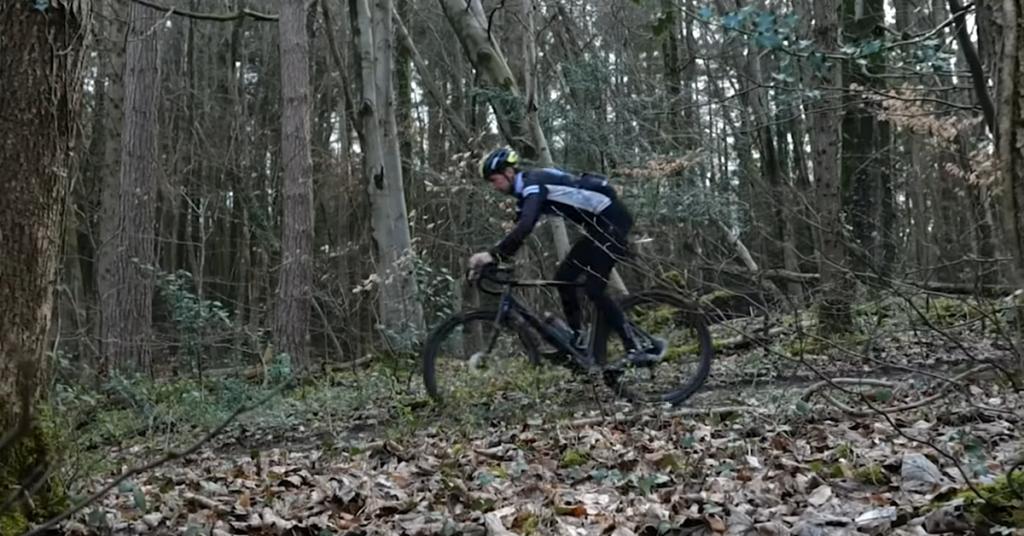


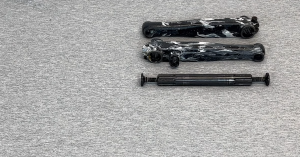
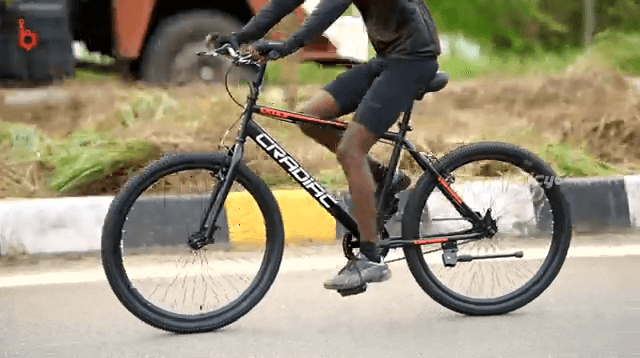
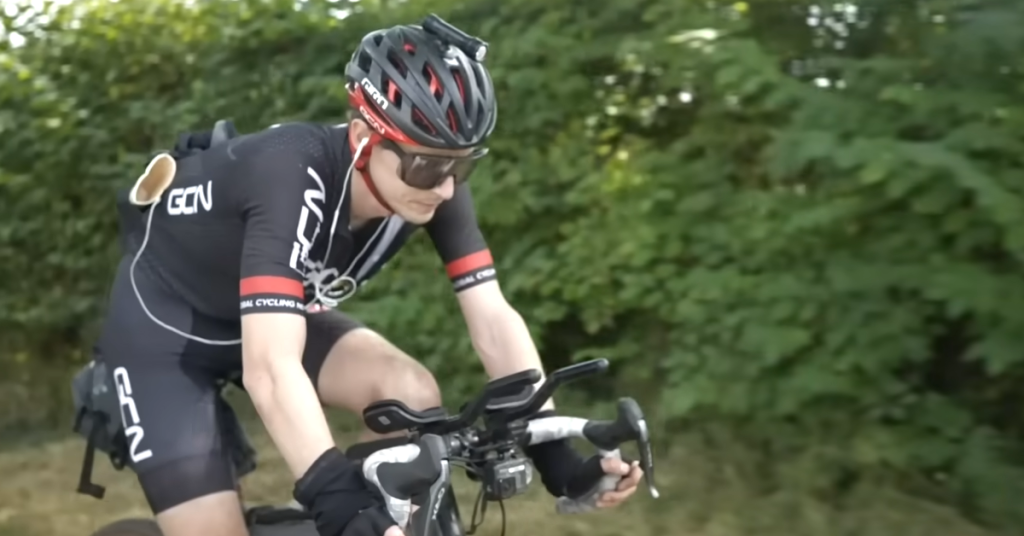
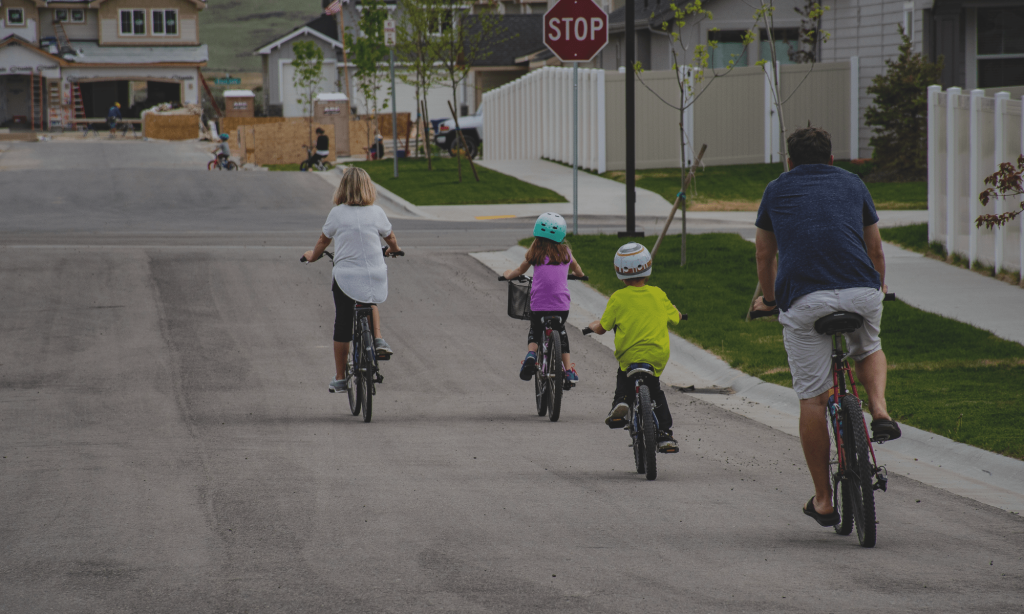
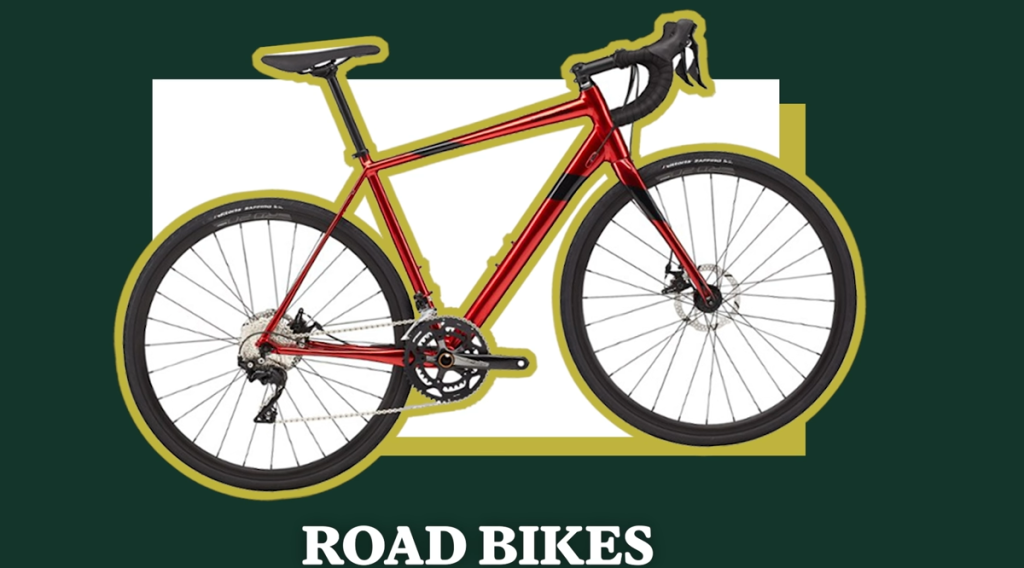
Pingback: Anonymous